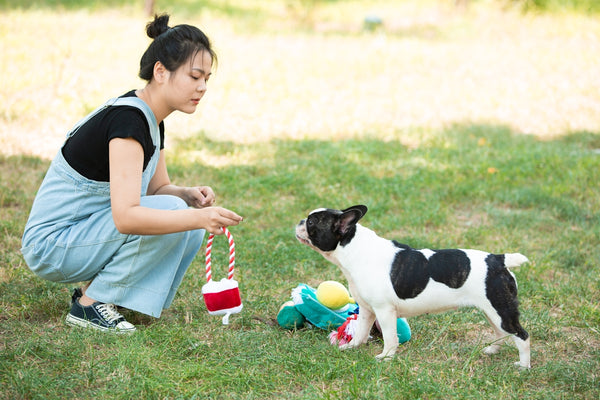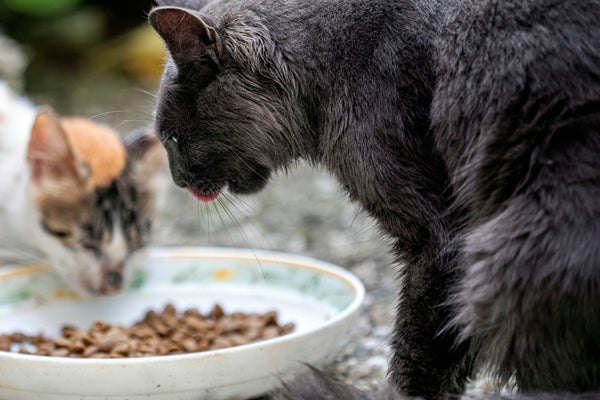Traveling with pets is a rewarding experience, offering a wealth of memories and fun times on the road. However, it also requires careful planning, especially when considering the seasonal variations that can impact our travel plans. Whether you're hitting the road during a hot summer or navigating the colder months, understanding how seasonal changes can affect your pet is crucial. In this blog post, we'll explore these seasonal effects and offer tips to adapt and ensure a safe, comfortable journey for your furry friend.
For all your pet travel needs, visit My Pet Collective.
Seasonal Effects on Pet Travel
1. Spring Travel
Spring is a lovely time to travel, with moderate temperatures and blooming landscapes. However, it's also a time when allergens are more prevalent. Pollen and other allergens can lead to discomfort for pets with allergies, manifesting in symptoms like itchy skin or watery eyes.
Tips to Adapt:
- Allergy Relief: If your pet has known allergies, consult with your vet before traveling. They might recommend allergy medications or wipes to soothe your pet.
- Hydration: Ensure your pet remains hydrated. Bringing along an AquaFlow Pet Water Fountain can provide a handy solution to keep fresh water readily available.
2. Summer Travel
Traveling in summer can be challenging due to the increased temperatures. Heat can lead to overheating or even heatstroke in pets if not managed properly. Asphalt and sand can also burn your pet's paws.
Tips to Adapt:
- Avoid Heat: Travel during the cooler parts of the day, such as early morning or late evening.
- Stay Cool: Make use of pet-friendly cooling products, like a soft, ventilated pet carrier.
- Hydration: As always, hydration is key. Ensure you have a pet water dispenser or bottle that’s easy to use on the go.
3. Fall Travel
Fall is often an ideal travel time for many, with milder temperatures and beautiful foliage. However, it's essential to be aware of the potential for abrupt weather changes and earlier nightfalls.
Tips to Adapt:
- Visibility: As daylight hours decrease, having reflective gear or LED collars can enhance your pet's visibility during nighttime walks.
- Comfort: Ensure your pet is comfortable with a product like the Soft Polar Fleece Pet Bed, which can provide warmth when temperatures drop unexpectedly.
4. Winter Travel
Winter travel can be incredibly scenic; however, cold weather poses unique challenges such as icy roads and the risk of frostbite or hypothermia in pets.
Tips to Adapt:
- Warmth: Keep your pet warm with appropriate clothing or blankets. A heated bed or insulated carrier can add an extra layer of protection against the cold.
- Car Safety: Invest in a Pet Car Hammock Seat to ensure your pet is secure and comfortable while traveling on icy roads.
General Travel Tips for All Seasons
Regardless of the season, some travel tips always remain relevant:
- Pet Identification: Ensure your pet has updated identification tags or a microchip with your contact information.
- Pet Health: Before any trip, a vet check-up can ensure your pet is healthy enough to travel.
- Food and Water: Bring sufficient supplies, such as a Dog Food Dispenser and Cat Feeder along with their favorite food.
- Cleanliness: Keep a PawGuard™ Silicone Pet Feeding Mat to maintain cleanliness during feeding times.
Conclusion
Traveling with your pet during different seasons can present a variety of challenges, but with the right preparation, it can still be a joyful and safe experience. Whether it's spring allergies, summer heat, fall's early sunsets, or winter chills, anticipating seasonal changes and adapting accordingly will ensure that both you and your pet can enjoy the journey.
For more tips on pet travel or to explore travel-friendly products, check out My Pet Collective. Safe travels to you and your furry companions!












